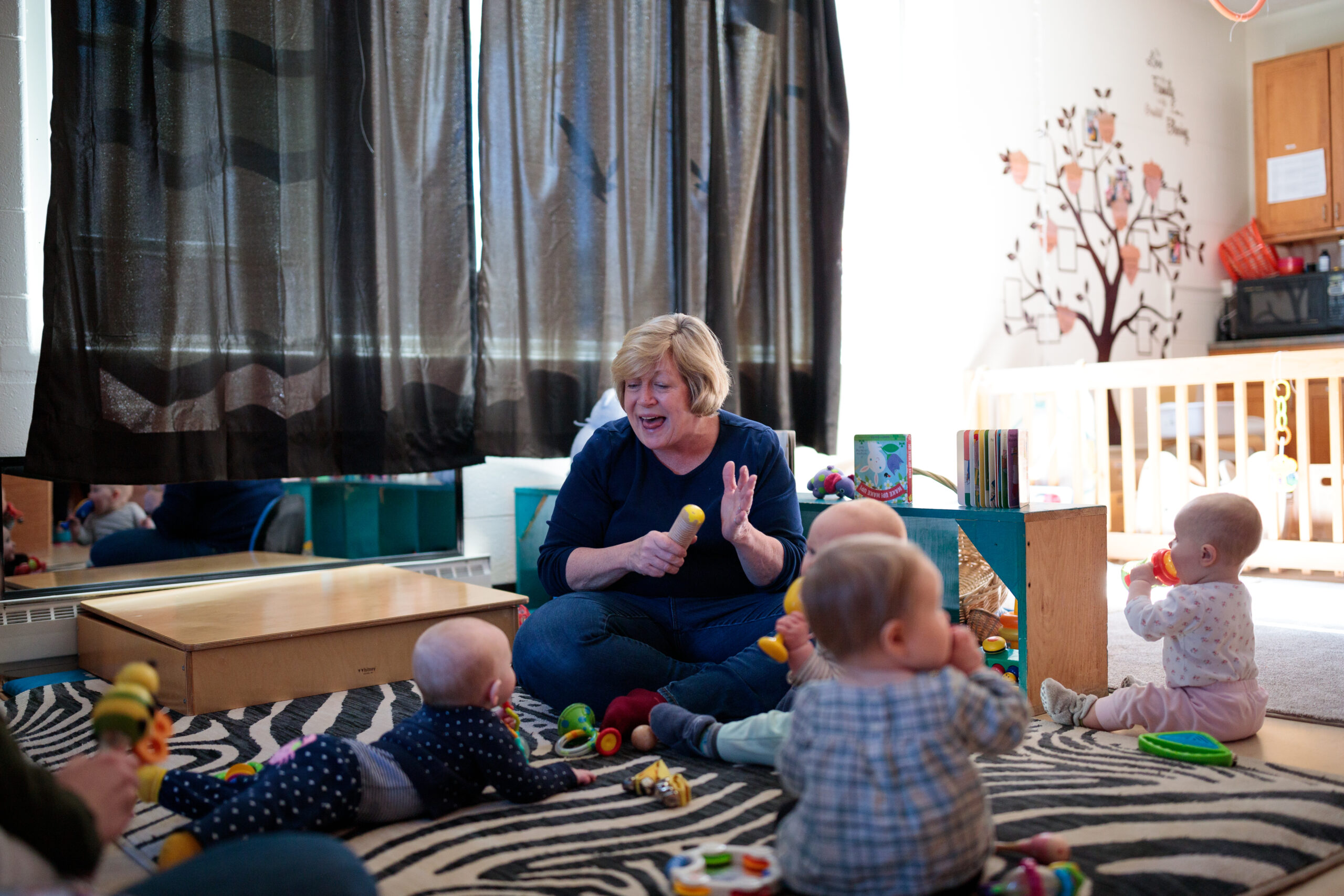By Susan Titterton
“Take the first step in faith. You don’t have to see the whole staircase, just take the first step.”
– Martin Luther King Jr.“What we have before us are some breathtaking opportunities disguised as insoluble problems.”
– John W. Gardner
In 2019, the Task Force began the first steps toward advancing early childhood education as a profession, guided by input from early childhood educators all over Vermont. As we wrap up the third year of work, it’s a good time for an update on our progress and next steps.
Professional Identity (Consensus Document, April 2020)
- “Early childhood educator” is more broadly used in self-descriptions, program materials, articles and op-ed pieces, and in legislative testimony.
- Under design is a new presentation “Changing Public Perception” focusing on the power of changing our language and strategies for sharing professional identity with colleagues, boards, employers, and media.
Three Designations with Aligned Preparation Pathways (Consensus Document, April 2021)
- For ECE II and III, representatives from CCV and 4-year high\”https://www.vtaeyc.org/wp-content/uploads/2021/05/CD_3Desig-w_-AlignPrepPthwysfull1.pdf\”er education institutions have mapped the alignment of their ECE preparation programs with the Professional Standards and Competencies for Early Childhood Educators.
- For ECE I, a design team has created recommendations for a Vermont-based preparation program, built upon those same Professional Standards & Competencies.
- A design team has drafted how the current Career Ladder could transition into a Career Pathways structure with a pipeline strand and the three designations – ECE I, II, and III.
Professional Compensation (Consensus Document, July 2021)
A design team is proposing a compensation scale that:
- Is built around ECE I, II, and III,
- Has a wage for each designation that is the \”floor,\” but not the \”ceiling,\”
- Uses comparability with professional wages from other fields, including public school kindergarten teacher wages,
- Includes benefits like health insurance, retirement, and paid time off.
Work is underway to identify sources of funding and how funds could flow.
Licensure as a Professional Early Childhood Educator (Consensus Document, April 2022)
- To design a “bridge” into the profession, a group of current educators are participating in an Establishing Equivalence Pilot, helping to design a process that will take into account experience and professional development, not just academic credentials, in the transition into professional licensure for ECE I, II, or III.
Widening the Circle & Building Momentum
- There is more frequent and deeper information-sharing and dialogue about the profession with partners and stakeholders including:
- Legislators, both state and federal
- BBF, CDD, AOE, ELD, VHSA, VECAA and the whole alphabet soup of Vermont’s early childhood ecosystem
- More early childhood educators are being invited to take leadership roles, including:
- A “most engaged” group (66) who have attended multiple sessions over the past years. About half met for dialogue, generated ideas for how to inform their circles, gathered resources, and have begun to do outreach.
- The “bridge” pilot participants (42) who are helping to create and will do a trial run of the “establishing equivalence process” for the current workforce to transition into the profession.
- The Task Force and Core Team with LGK, are studying model legislation from NAEYC “The Early Childhood Education Professional Recognition Act” to inform legislation that will be proposed in upcoming legislative sessions, to get the policies and structures in place for ECE as a recognized profession. This will move forward all of the work and recommendations in our Consensus Documents from the past three years.

